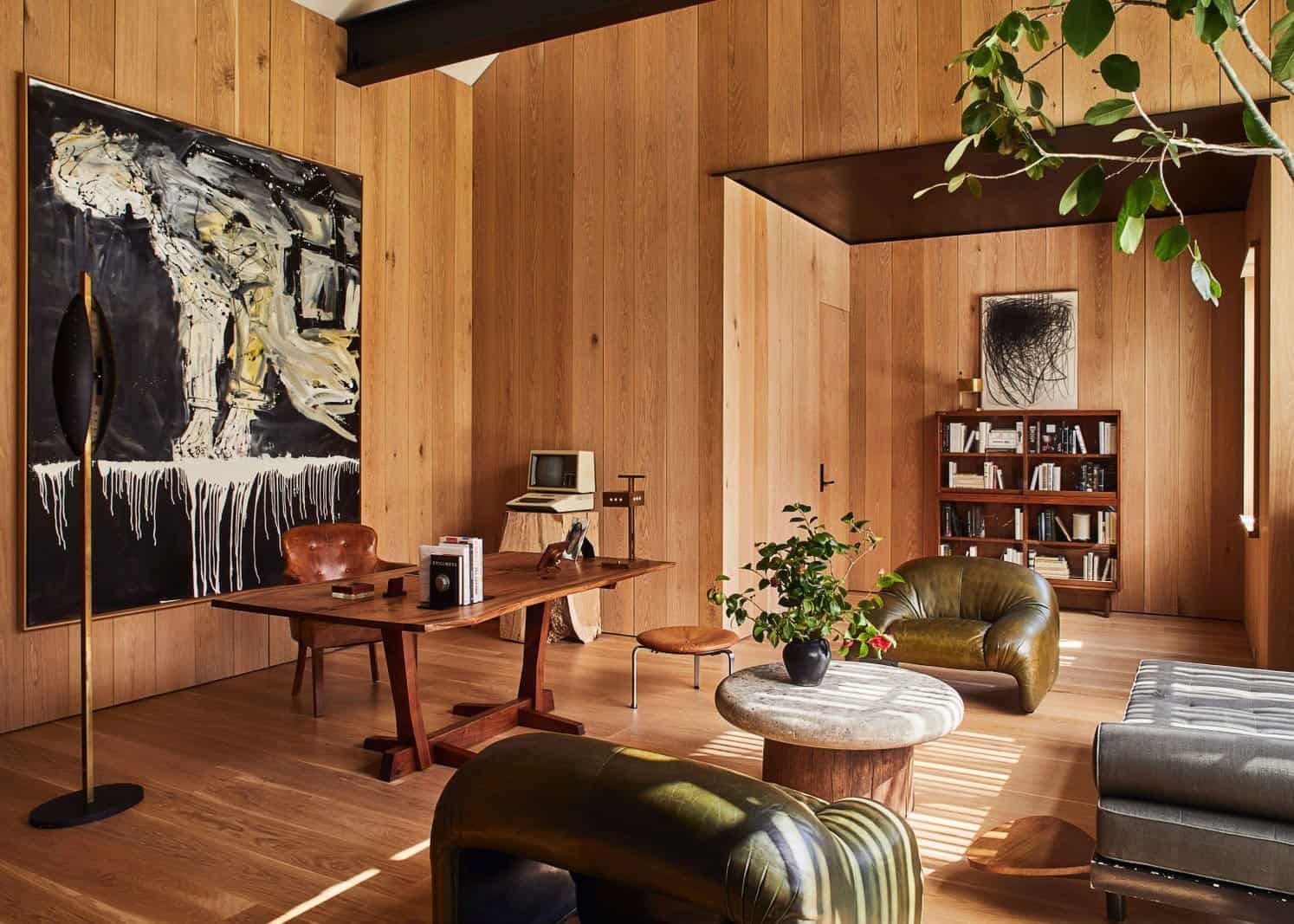When it comes to decorating your home, one of the key elements that can make a significant difference in the overall look and feel is the use of wood tones. Wood is a timeless material that can add warmth, texture, and depth to any space. However, mixing different types of wood can be a daunting task, and if not done properly, it can make your home look mismatched and chaotic. In this blog, we will explore the art of mixing wood tones within your home and offer some tips to help you achieve a cohesive and harmonious look.
Image by Armadillo
START WITH A NEUTRAL BASE
When mixing wood tones, it's essential to start with a neutral base. This means choosing a neutral color scheme for your walls, floors, and furniture. This provides a blank canvas for you to experiment with different wood tones without overwhelming the space.
Image by belarteSTUDIO
CONSIDER THE UNDERTONES
Before mixing wood tones, it's crucial to consider the undertones of each type of wood. Every wood species has a unique tone and grain pattern. Some woods have warm undertones, such as cherry, while others have cooler undertones, such as maple. When choosing wood pieces, try to stick with either warm or cool undertones to ensure a cohesive look.
Image by Architectural Digest
USE CONTRASTING TEXTURES
Mixing wood tones doesn't mean you have to use the same type of wood in different colors. Instead, you can mix different wood species, but with contrasting textures. For example, you could pair a sleek, modern walnut coffee table with a rustic oak bookcase. Contrasting textures add visual interest to a room without overwhelming it with too many different colors.
Image by Archilovers
EXPERIMENT WITH SCALE
Another way to mix wood tones is by playing with scale. If you have a large piece of furniture in a dark wood tone, try pairing it with smaller pieces in lighter wood tones. This creates a sense of balance and allows each piece to stand out on its own.
Photo by Helenio Barbetta via est exceptional living
ADD ACCENTS
Finally, don't forget to add accents to tie everything together. This can be done with accessories such as rugs, throw pillows, or curtains. If you're mixing warm and cool wood tones, try adding accents in a neutral color like beige or gray to balance the look.
Photo by Architectural Digest
In conclusion, mixing wood tones can add warmth and character to your home, but it's essential to do it properly. Start with a neutral base, consider the undertones, use contrasting textures, experiment with scale, and add accents to tie everything together. By following these tips, you can achieve a cohesive and harmonious look that reflects your personal style.





